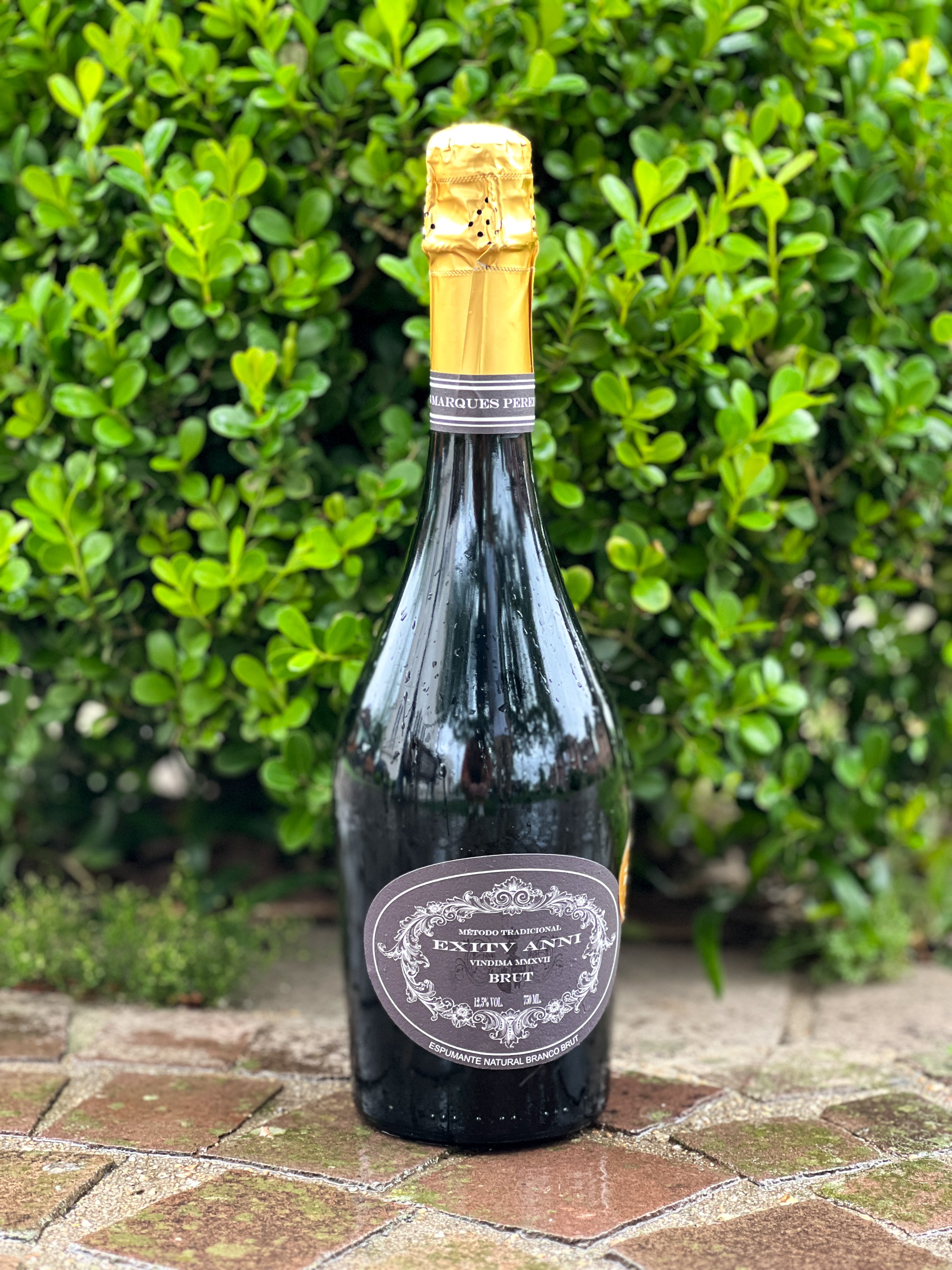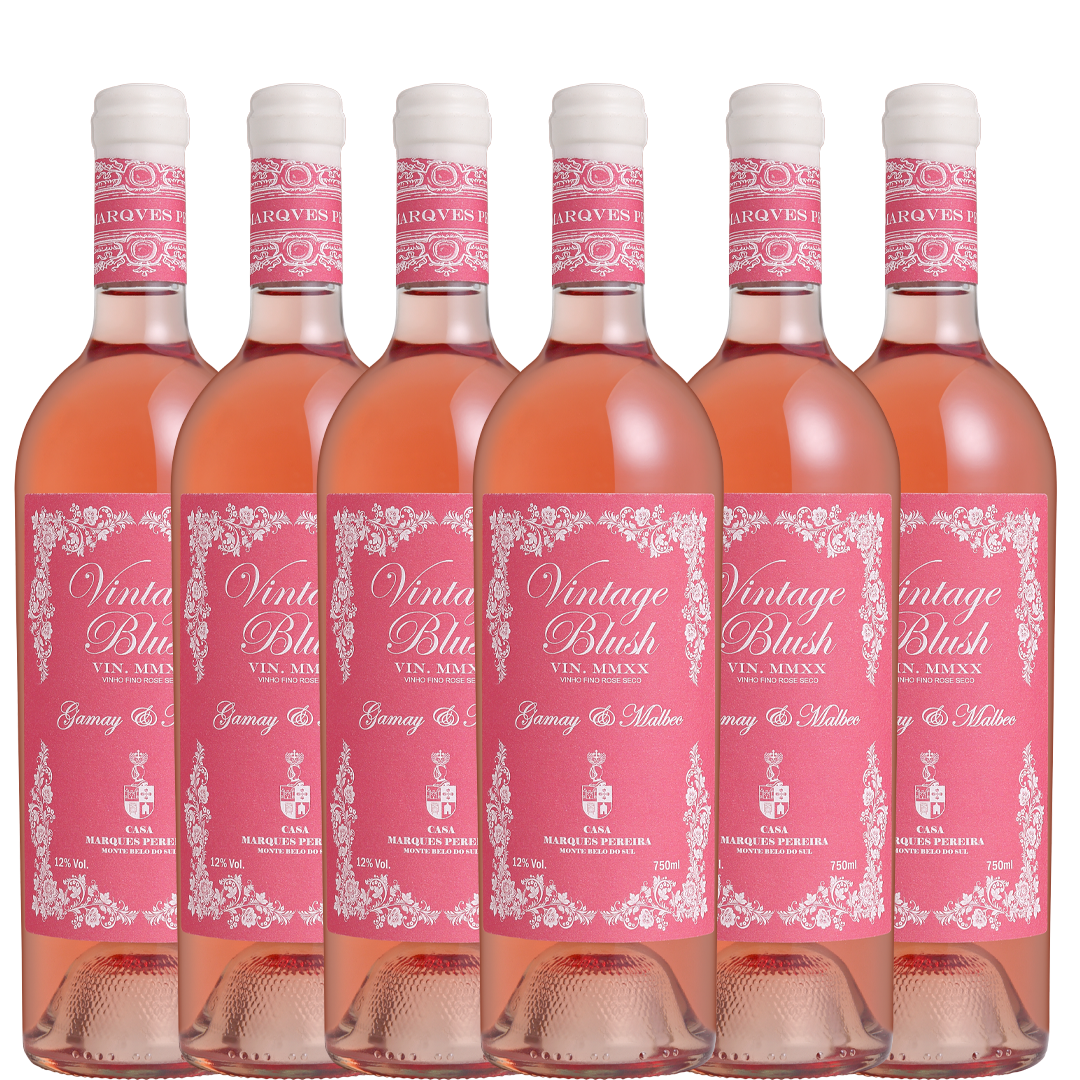The origin of grapes and wine.
What is the true origin of the grape? Who thought of transforming this intriguing fruit into wine? Where did this fantastic crop that has conquered the world and millions of enthusiasts originate? Let's talk a little about this ancient journey.
When we think of grapes and wine, it's common to think of the Old World , of traditional wine-producing countries like Italy and France. But the history of this precious fruit is much older than you might imagine and somewhat distant from these typical regions.
Grapes possess an incredible capacity for adaptation (which is why there are countless varieties worldwide), and over time, some varieties have proven more suitable for consumption and especially for wine production. The most important grape species is Vitis vinifera , precisely the species that gives rise to all the fine wines we know and love so well.
The Cradle of Grapes
Grape cultivation is a very ancient practice, so ancient that it is difficult to pinpoint its origin. The vast majority of researchers agree that grapes, close to what we know today, originated in the Middle East, where they began to be domesticated for consumption between 4000 and 6000 BC! From there, their cultivation conquered the world, and especially Europe, as people advanced with maritime explorations and trade.
Recent studies have shown that the Vitis vinifera we use today to make wine arose as a result of this dispersal across Europe, through a spontaneous crossbreeding between a domesticated grape variety from the Middle East and a wild European species. These natural crossbreeds made the grape varieties increasingly resistant and adapted to different climate and soil conditions, literally taking root throughout Europe.
How did wine originate?
Grape cultivation definitely has a very long history, as long as that of wine. The transformation of grape juice into the beverage of Bacchus was a natural and very early step, and all thanks to a microorganism very close to viticulture.
You've surely picked up a bunch of grapes and noticed what looks like a veil or wax coating the grape. This layer forms naturally and protects the grape skin from external elements like sunlight and even rain! Thousands of microorganisms are present in this layer, including yeasts. As grape cultivation grew, it was only a matter of time before some bunches underwent a light pressing, allowing the yeasts to come into contact with the grape juice, transforming the natural sugars into alcohol! And there you have it, nature delivers its great gift.
Where did wine production begin?
The earliest evidence of winemaking was found in clay vessels in territories that are now part of Georgia, in the Mediterranean region, dating back to 6000 BC. In neighboring Armenia, archaeologists found a cave in the city of Areni where what is known as the oldest winery, Areni-1, was preserved, dating back approximately 6100 years! In this location, tanks, basins, and lined clay jars were found, as well as seeds, pressed husks, and even dissected vines. Exploration of this area began in 2007 and continues to this day.
Dozens of other very ancient discoveries in Iran (5000 BC) and Sicily (4000 BC) show that the expansion of grape cultivation and wine production was very rapid throughout the world. Over time, the taste for the beverage spurred producers to search for the best grape varieties for their wines, until the varieties we know today emerged. Natural crossbreeding of varieties is rarer nowadays due to controls, but artificial selection continues to occur, where we seek to adapt and improve each aspect of a given variety.
Regardless of its origin, the diversity and richness that grapes acquired for their survival sparked the fascination of many civilizations, and thus the development of viticulture was inevitable. Whether by sea or land, the traveler who encountered the persistent vines or the intoxicating wine on their explorations certainly took home an important part of the future of our beloved beverage. Between wars and peace, we can confidently say that human history is steeped in wine!
















1 comment
Carlos Maturana
Muito agradável e também muito satisfatório ouvir ou ler sobre a vitinicultura. Sou um apaixonado pelo vinho onde sempre a mesma uva explícita sabores diferentes conforme seu terroir.
Vinho e diário.